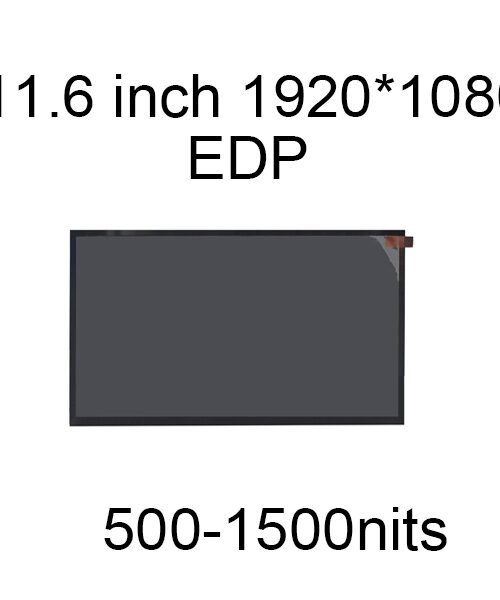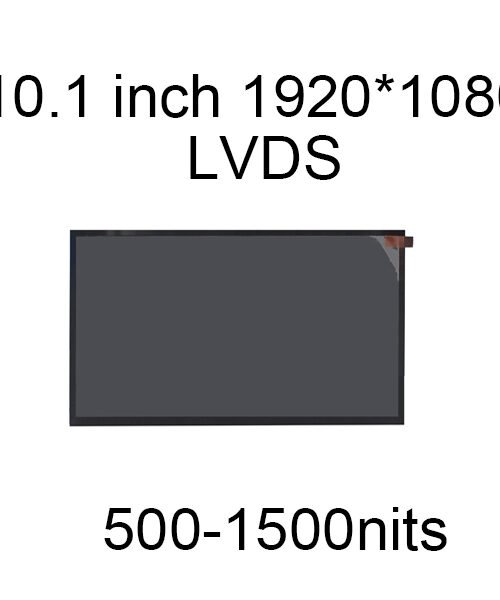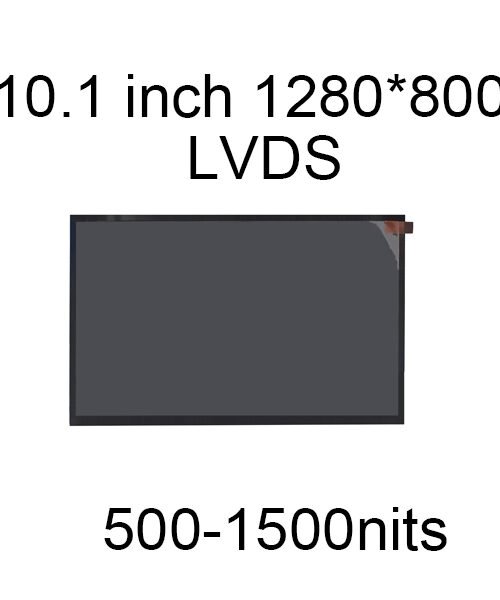Yes, LCD screens emit light, but it’s essential to understand the mechanisms and components involved in LCD technology to grasp how this light emission occurs.
LCD (Liquid Crystal Display) screens are a prevalent type of display technology used in a wide range of electronic devices, including televisions, computer monitors, smartphones, tablets, and more. Unlike older cathode ray tube (CRT) displays, LCDs are not inherently light-emitting devices. Instead, they rely on a combination of components to control and manipulate light from an external source to produce images and colors.
Here’s a detailed explanation of how LCD screens emit light:
Liquid Crystals: The core of an LCD screen consists of liquid crystals. These liquid crystals are organic compounds that have properties between those of conventional liquids and those of solid crystals. They can change their optical properties when subjected to an electric field.
Pixel Structure: An LCD screen is divided into an array of tiny units called pixels. Each pixel comprises several sub-pixels, typically red, green, and blue (RGB), which are the primary colors used to create all the other colors you see on the screen.

Sub-Pixel Control: By applying an electric field to the liquid crystals in the sub-pixels, the LCD screen can regulate the passage of light through each sub-pixel. When no electric field is applied, the liquid crystals are in their natural, twisted state and prevent light from passing through.
Polarizers: LCD screens use polarizers to control the orientation of light. When light enters the LCD panel, it typically vibrates in all directions. The first polarizer aligns the light in a specific direction, and the liquid crystals can further adjust the orientation of this polarized light.
Color Filters: In the RGB pixel structure, each sub-pixel is associated with a color filter. The color filters allow only one color (red, green, or blue) to pass through the sub-pixel. By adjusting the intensity of each primary color, different colors can be produced.
Backlighting: This is a crucial element in LCD screens. LCDs do not emit their light but instead rely on an external light source called a backlight. Common backlighting technologies include LED (Light Emitting Diode) and CCFL (Cold Cathode Fluorescent Lamp). The backlight is positioned behind the LCD panel and provides a source of white or colored light.
Shuttering Effect: When the liquid crystals within the LCD panel are manipulated by applying an electric field, they can act as shutters. Depending on the degree of twist and alignment of the liquid crystals, they allow varying amounts of polarized light to pass through. This creates the impression of varying brightness and color for each pixel.
Combining Colors: By controlling the individual sub-pixels in each pixel, the LCD screen can mix different proportions of red, green, and blue light to create a broad spectrum of colors. This pixel-level control is how LCD screens achieve high color accuracy and full-color reproduction.
Color and Image Display: When the liquid crystals manipulate the polarized light and control the amount of light passing through the color filters, the viewer perceives a specific color and brightness for each pixel. The combination of millions of pixels across the screen creates a complete image.
Adjustable Brightness: The ability to control the orientation of the liquid crystals in each pixel allows for adjustable brightness levels. By modulating the light passing through each pixel, LCD screens can display images with varying levels of brightness, which is essential for energy efficiency and image quality.
Wide Applications: LCD technology is used in various devices, ranging from small screens in smartphones and tablets to large, high-resolution displays in televisions and computer monitors.
In summary, LCD screens do not emit light on their own; they manipulate and control light from an external source, which is typically a backlight. The use of liquid crystals, polarizers, color filters, and sub-pixel control allows LCD screens to produce a wide range of colors and images with adjustable brightness levels. This technology has made LCD screens ubiquitous in modern electronic devices due to their flexibility, energy efficiency, and ability to provide high-quality visual displays.







